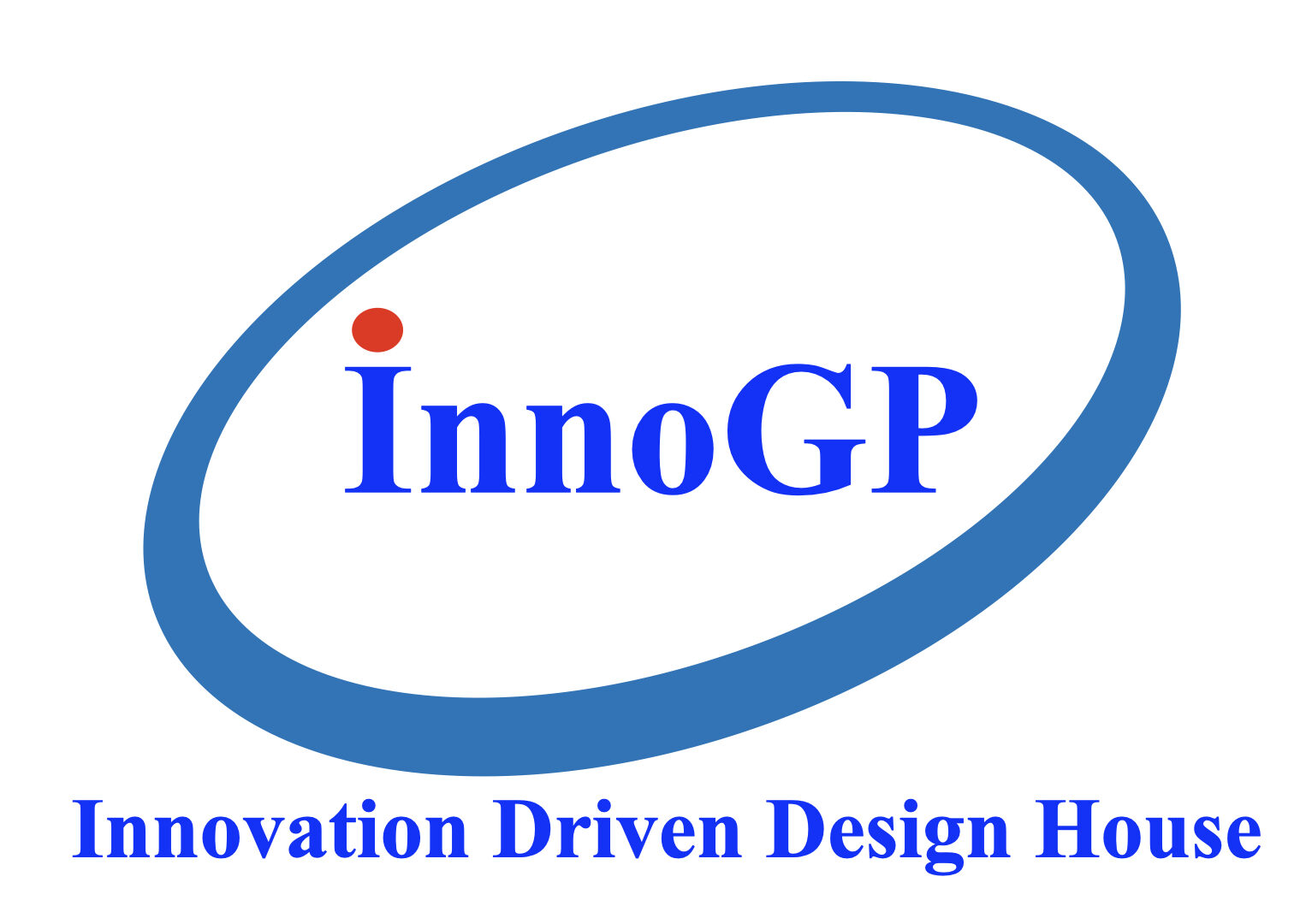Author: Dr. S.Guruprasad
Dr. Kalam spoke a lot about building a Knowledge Society, thinkers from different domains admired his vision. A Knowledge Society assimilates and focusses on spreading and creation of new knowledge. Creation of new Scientific & Technological knowledge needs lots theoretical and experimental work and in fact lots of teamwork and sweating. Normally, society ascribes Academia as responsible for dissemination as well as for creation of new knowledge through academic research. It is true that we all look at academicians who deeply specialise and dedicate their lives for research in a particular scientific field. Many times, it is seldom obvious that deep theoretical knowledge in a narrow scientific topic could be so significant that an entire new technology could be built on it.
The fruits of scientific principles and effects can be delivered to the society only through delivery of newer technologies, it can be newer materials, newer techniques of actuation or measurement or even innovative applications of existing scientific knowledge. Development of any new Technology is a complex process and much more involved than theoretical analysis and academic research. Any new scientific approach for creation of new technology must be thoroughly established with experimental studies in a scientific laboratory that specialises in that domain of technology application. Many academic institutes have established Centres of Excellence to carry out research on a focussed topic. There are Scientific Research Agencies that focus on a particular domain viz. aerospace, defence, nuclear energy, life sciences and many more. The scientific research laboratory environment helps in building on a strong knowledge base where the growth is continuous, and the apprenticeship provided by hugely experienced scientists nurtures the younger generation. It is important to understand difference between academic research and application research carried out by research laboratories. The academia focusses on the core scientific topic in a general manner leaving to the domain experts to figure out their specific requirements. The transition from academic research stage to laboratory research is very critical and it needs team work between academicians and application scientists and in this phase of technology development, the potential scientific technique will be investigated for repeatability, consistency of behaviour and establishing bounds for practical application. The synergy between academia and research agencies is a must if any credible technology development. Dr. Kalam, while heading the Integrated Guided Missile Development Programme (IGMDP) and later while heading DRDO focussed on this aspect and synergised the academic and application research by building effective teams.
Carrying out academic research and publishing a few scientific publications is only half the job done and one of the most difficult part of the credible delivery of technology is when industry absorbs the technology and uses the technology to build materials and systems that deliver better performance compared to state of art or at least at par with the state of art. The industry works in a different environment wherein the focus is on wealth creation and knowledge is an essential vehicle. Industry looks at cost performance benefits, reliability, and sustainability of the new technology as that is what the customers look for.
Industry has the responsibility of packaging the technology for the end user with the aim of giving the customer a new and better experience from the system whenever a new technology has been used. The end user may even be ignorant about the technology, he an user experiences the response of the system, and the performance only is of paramount importance. Industry doesn’t have the same level of understanding of technology as academicians and application scientists but they understand the customers’ needs better and by synergising these three fields of expertise, we can build credible systems that have significant potential of wealth creation. We call, academia, research agencies and industry as the three pillars of Technology Development.
A country’s future depends on how much is its focus on R&D. The top economies of the world have reached their position not because they are good traders or negotiators but because they invested wisely on R&D. Somehow, R&D spending is related all aspects of growth. More R&D spending means healthy Academia, growing research culture and capable and competitive industry. The USA is a glaring example as how the country is maintaining the lead as technology leader but also as an economic and military power. The key factor is the country’s investment into R&D.
Conclusions:
The world economy is facing a crisis and the Darwin’s theory does apply to countries too. This is the time to focus on key factors to adapt to new normal that the world is going to face. It is not the strongest that do well, those who are most responsive to imminent changes will do well in the future. As a country, India should focus in adapting to new normal by focussing research objectives to face the challenges of future. R&D in every sector needs to be rejuvenated and reoriented to adapt and to deliver the best for contingencies of the future. The industry especially must focus on developing newer products, systems and services that are best suited to the situation.
